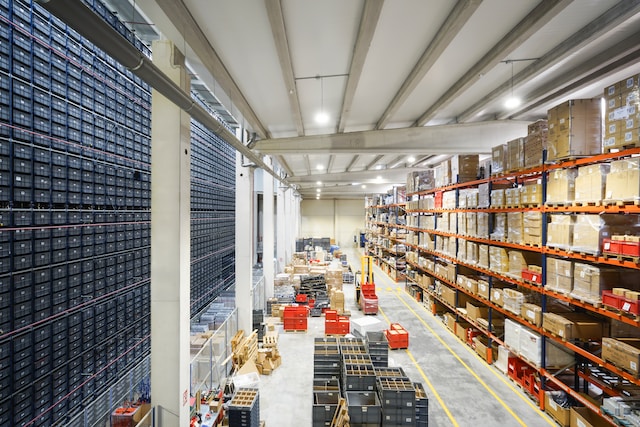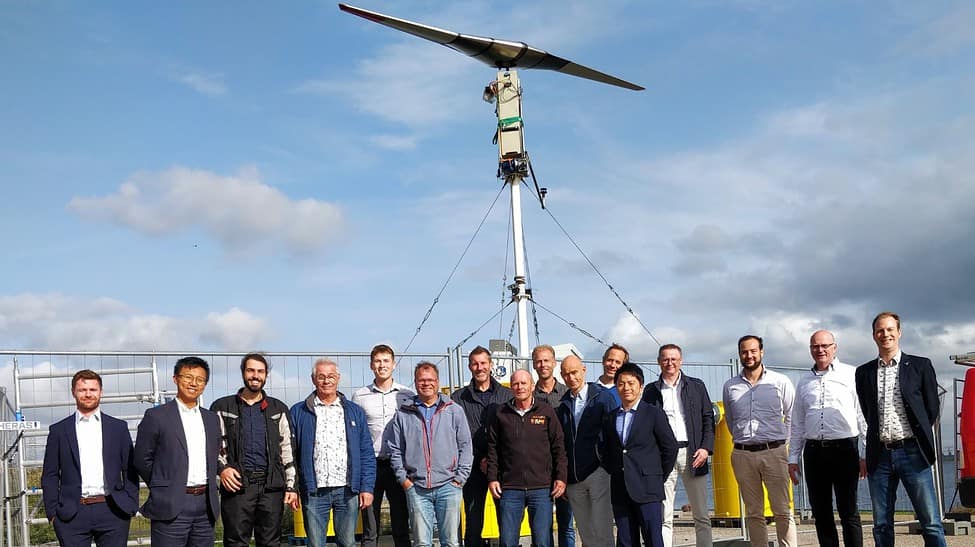Palletizing which was once a basic aspect of storage and transportation has evolved into a critical part of modern supply chain management. This method of product packaging is not only about convenience but also contributes significantly to enhanced stability, efficient inventory management, and cost-effective shipping.
As supply chains grow more complex and global, understanding palletizing becomes increasingly important. In this article, let’s explore the world of palletizing, exploring its processes, benefits, and methods.
Palletization: An Introduction
Palletization, in essence, involves the strategic stacking of numerous identical products, typically in large quantities, to facilitate shipping and inventory management. Warehouses and retailers often employ pallets as a means to showcase and distribute goods. This practice not only simplifies the process but also enables cost-effective bulk purchases.
Early attempts at palletizing automation began in the 1950s with primitive row-forming machines. Since then, technological advancements and the advent of computerized systems have transformed palletizing into a highly efficient and versatile process. Contemporary palletizers exhibit the capability to handle a diverse range of products with increased efficiency. This not only benefits shipping companies but also provides advantages for retailers.
With the advent of automation, businesses now leverage industrial robotic systems for these tasks. These robots are not only capable of loading products but also adaptable, being programmable for different items. They excel in handling repetitive and potentially hazardous tasks that could strain human workers. Key advantages of robotic palletizing include increased load capacities, faster loading speeds, and improved product safety.
The Role of Palletizers
Palletizers, typically stationed after the production line, are robotic systems designed to sort, count, transport, and stack products onto pallets. These machines streamline operations, ensuring that goods are cross-stacked for stability, and optimizing all aspects of high-volume shipments. The benefits of employing palletizers are diverse and encompass enhanced precision, accelerated loading processes, and the creation of more secure load configurations.
Methods of Palletizing
Palletizing involves several key steps to ensure that products are stacked efficiently and securely for transportation. These steps include:
- Optimal packaging: When packaging items in boxes, it is essential to maximize their capacity while considering weight and volume constraints. Each item should be individually wrapped before placement in boxes to provide an additional layer of protection. Filling corners and gaps between goods within boxes is vital to strengthen them and prevent crushing during shipment.
- Proper stacking and distribution: To prevent shifting or falling from pallets during transportation, boxes should be stacked uniformly with their weight evenly distributed. Overhanging products should not extend beyond the edges of the pallet to avoid damage.
- Secure wrapping: Once the pallet is fully loaded, securing the contents is crucial. Multiple layers of plastic wrap can be used to encase the entire pallet, keeping its contents intact. Corner guards made of cardboard or Styrofoam can be added as needed to enhance overall stability.
Consideration of Pallet Types
The type of pallets used must align with the system’s design. Pallets come in various types and materials like plastic and wood. Ensuring consistency in the pallets used is essential for a smooth process. Irregularly shaped commodities may require special handling, such as industrial equipment typically attached directly to pallets.
Endnote
Palletizing has evolved from a rudimentary practice to a sophisticated system essential for efficient storage, transportation, and inventory management. Companies like TDI Packsys offer services that elevate the precision and speed of palletizing offering substantial benefits to various industries. As supply chains continue to expand and diversify, understanding and implementing effective palletizing methods will remain a cornerstone of successful logistics and inventory management.







